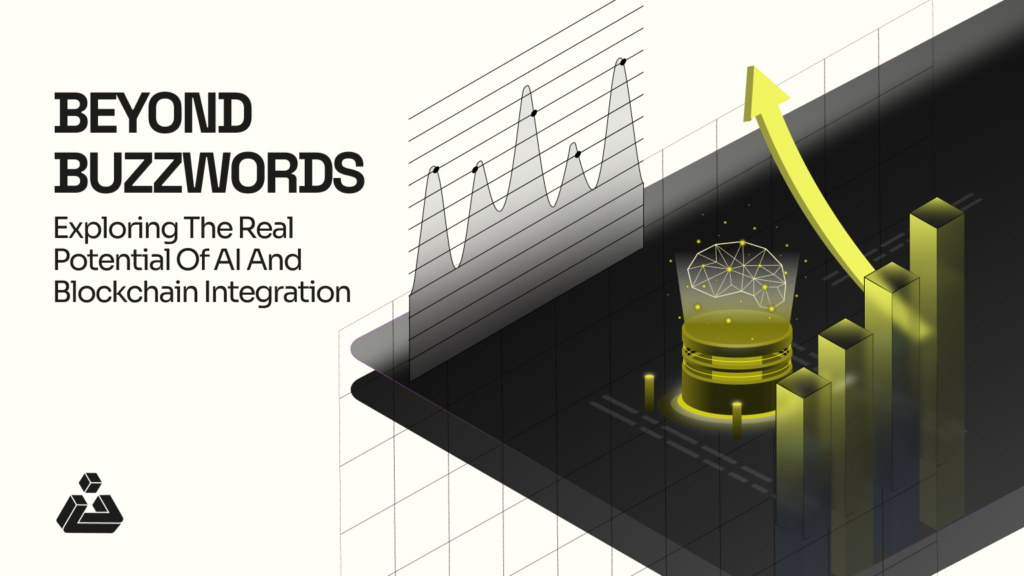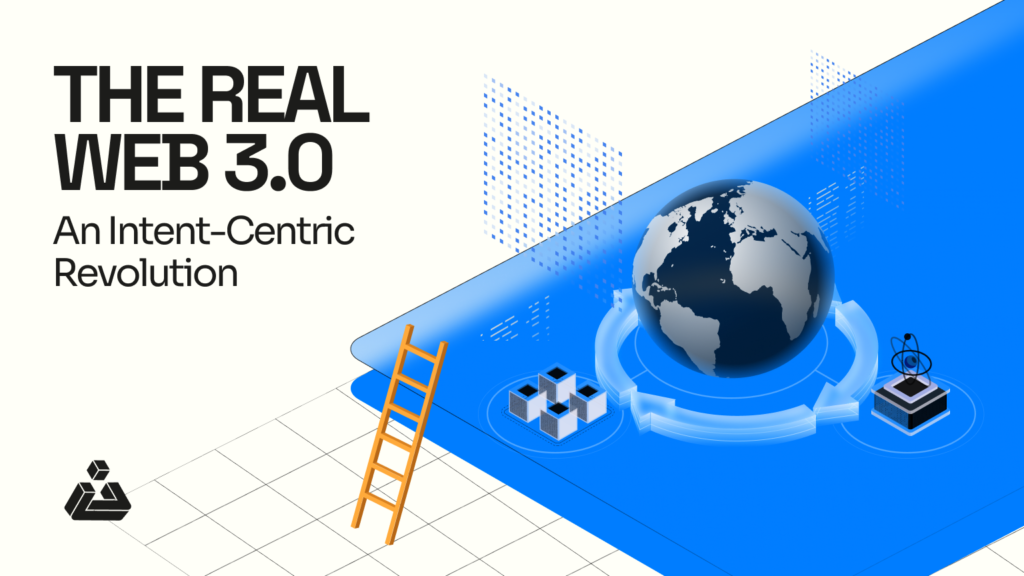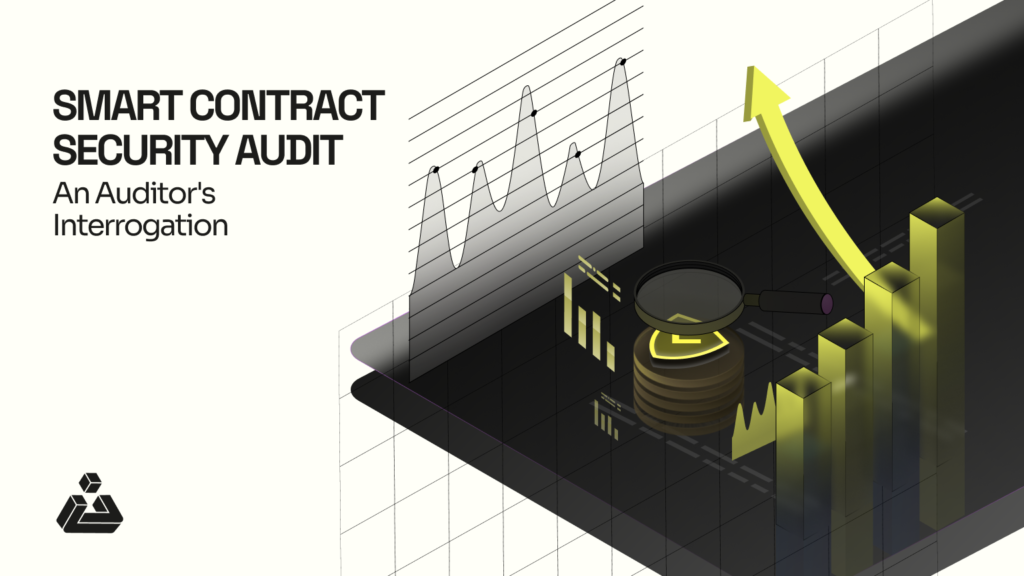Artificial Intelligence (AI) and blockchain are two emerging technologies that have gained significant attention in recent years. While AI is rapidly becoming the top priority for Silicon Valley experts, blockchain and cryptocurrencies were the buzzwords until last year. Rather than focusing on trends, it’s important to understand the potential of these technologies and how they can be integrated to unlock new possibilities. The AI and blockchain integration can help overcome some of the limitations of each technology and create a more secure, transparent, and efficient Web3 ecosystem. This article explores the differences between AI and blockchain, ways to integrate them, use cases, and challenges that need to be addressed.
Understanding the Differences: AI and Blockchain at a Glance
AI and blockchain both rely on data, but their core principles differ vastly. AI involves the ability of machines to learn and make decisions based on data, whereas blockchain is a decentralized digital ledger that records transactions in a secure and transparent manner. However, by integrating these two technologies, we can unlock a whole new level of innovation that can overcome the limitations of each technology.
For instance, the decentralized nature of blockchain can help improve the transparency and security of AI algorithms, while AI can enhance the efficiency and accuracy of web3 applications. This integration has the potential to revolutionize industries such as decentralized finance, healthcare, and supply chain management, creating new possibilities and opportunities for businesses and individuals alike.
Use Cases
Let’s discuss some of the use cases of this integration.
Decentralized Finance (DeFi)
AI can be used to analyze data on the blockchain to identify profitable trading strategies and optimize portfolio management. For instance, an AI-powered DeFi platform could use machine learning algorithms to analyze market data and identify patterns that indicate potential investment opportunities. This could help investors make better-informed decisions and maximize returns on their investments.
Supply Chain Management
AI can be used to track goods and services throughout the supply chain and ensure compliance with regulations. For example, an AI-powered supply chain management system could use machine learning algorithms to track products from their origin to their destination and ensure that they meet all regulatory requirements along the way. This could help increase transparency and trust in supply chain operations.
Personalized Content
AI can be used to create personalized content for users based on their preferences and behavior on the blockchain. For instance, an AI-powered social media platform could use machine learning algorithms to analyze a user’s activity on the platform and recommend content that aligns with their interests. This could help improve user engagement and retention. The entire concept of metaverses and virtual counterparts depicting people’s real world life can be revolutionized through the use of AI.
Identity Verification
AI can be used to verify the identity of users on the blockchain, which can help prevent fraud and enhance security. For example, an AI-powered identity verification system could use facial recognition technology to verify a user’s identity before granting them access to a blockchain-based application. This could help reduce the risk of fraud and protect user data.
Optimizing Mining Costs
AI can help optimize costs for blockchain mining by analyzing data and providing insights on the most efficient mining strategies. By analyzing variables such as electricity costs, hardware efficiency, and network difficulty, AI algorithms can identify the most cost-effective mining approach. Additionally, AI can help predict market trends and fluctuations, which can inform decisions on when to buy or sell mining equipment and how to allocate resources. It has the potential to enhance the efficiency and profitability of blockchain mining operations.
However, the AI and blockchain integration is not without its challenges. One of the biggest challenges is the lack of standardization in data formats and protocols. This makes it difficult to share data between different blockchains and AI systems. Another challenge is the potential for bias in AI algorithms, which can result in unfair or inaccurate decisions.
Conclusion
The AI and blockchain integration can unlock new possibilities and help overcome some of the limitations of each technology. However, it is important to address the challenges and ensure that the integration is done in a responsible and ethical manner. By doing so, we can create a more secure, transparent, and efficient Web3 ecosystem.
Also read :
GameFi: Future of Gaming or Short-lived Gimmick?
Metaverse: Virtual Wonderland Or Capitalist Dystopia?












